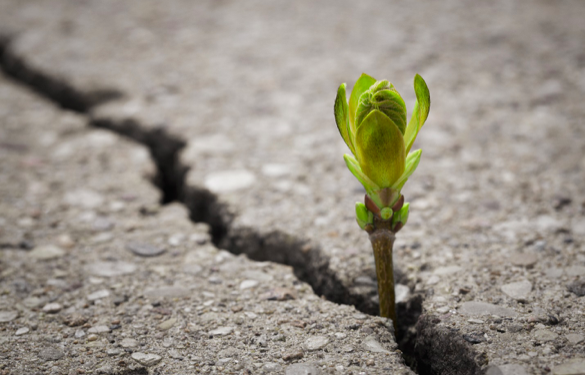Surface temperatures in Kenya are increasing, while our tree cover is depleting. Therefore, we must ask ourselves what is the most strategic and sustainable means by which government and private sector can collaborate to realize national climate change action plan goals?
Trees reduce greenhouse gas emissions and increase carbon sequestration (removing carbon dioxide from the atmosphere). At the citizen level, we must normalize tree planting in our homes and communities, including schools. But when it comes to addressing Kenya’s dwindling forest cover from a policy perspective, we must consider options to reduce economy-wide carbon dioxide emissions.
The effective management of productive forestland, and enforcement of environmental standards to ensure the manufacture of sustainably harvested wood products are areas for public-private sector partnership. Meanwhile, Kenya’s transportation and energy sectors have began to internalize negative externalities through pricing and practice.
Environment Will Get Worse Before It Gets Better
As Kenya continues to develop, we should expect the environment to get worse before it gets better. This is a natural progression hypothesized by American economist Simon Kuznets, who found that as countries change their mix of production and consumption and grow richer, they reduce environmental degradation. But first, they must industrialize; and there lies the policy challenge: ensuring development does not degrade the environment and escalate social costs.
In as much as we have an impressive highway in the Nairobi Expressway, which was a necessary investment to increase economic efficiency, in today’s world, all capital infrastructure projects are not equal and the more climate resilient, the better. Consequently, such public projects must embed a carbon offset program to mitigate and report on the climate impact.
Globally, more sovereigns are issuing green bonds while regulators are introducing or enhancing carbon policies. According to the International Carbon Action Partnership, one in three humans currently live in a jurisdiction where there is a carbon tariff or emissions trading system. Fueling the low carbon transition is the UN Conference of Parties (COP) framework that facilitated the Paris Agreement. Most recently, there is a recalibration of economic structures as nations seek to enhance economic resilience, recovering from the Coronavirus (COVID-19) pandemic. As such, currently underway is what McKinsey’s Laura Corb dubbed ‘the largest reallocation of capital in history’.
The COVID Kairos
COVID not only accelerated digitization and automation, but also opened the policy window for a radical change in how markets produce and consume as country’s press towards carbon neutrality by 2050. Catalyzing green investments and decentralizing climate risk to the industry level, including the financial services sector, has picked up pace. In fact, the financial services sector is one of the ‘keys’ policymakers are turning due to financial institution’s intermediation role and potential to allocate capital to the green and circular economy.
Towards the end of 2021, the Central Bank of Kenya introduced the Climate Risk Guidelines for Banks. The industry through the leadership of Kenya Bankers Association (KBA) has made commendable strides to increase its capacity to assess the transition, physical and liability risks endogenous to “brown” production. Such policy changes will save hundreds of thousands of tons of CO2 emissions annually (akin to millions of trees planted); and government should factor incentives for banks and their clients for even more positive environmental externalities to be realized.
The launch of the Nairobi International Financial Center (NIFC) is another promising policy move that demonstrates the artful balance of promoting investment and development while creating environmental and social benefits. It is laudable one of the first firms certified by NIFC is AirCarbon Exchange, which facilitates carbon markets. ARC Ride Kenya, another NIFC firm, produces electric scooters and reveals the potential Kenya has to build a relative comparative advantage in low carbon technology products, leveraging on our global competitiveness in mobile payments thanks to Safaricom’s M-Pesa and our people’s exceptional entrepreneurial capacity.
Providing a framework for foreign direct investment and financial innovation, NIFC will play a lead role in channeling the billions of shillings required for climate resilience across our sectors, including telecommunications, building and construction, water infrastructure and the blue economy, health and sanitation, manufacturing and tourism. Overall, Ksh. 196 billion worth of investment is required across the sectors, according to a 2020 Climate Finance report by National Treasury supported by GNIplus, Kenya Private Sector Alliance, Kenya Climate Innovation Center and KBA, among others.
Green investments are not more important than tree planting campaigns, but if well-structured can also contribute to increasing Kenya’s forest cover.
The author is a sustainable finance and responsible investment policy advisor and a Fellow of the Kenya Institute of Bankers
ALSO READ; ‘Business as Usual’ Should Be Measure of Kenya’s Maturity as a Democracy




